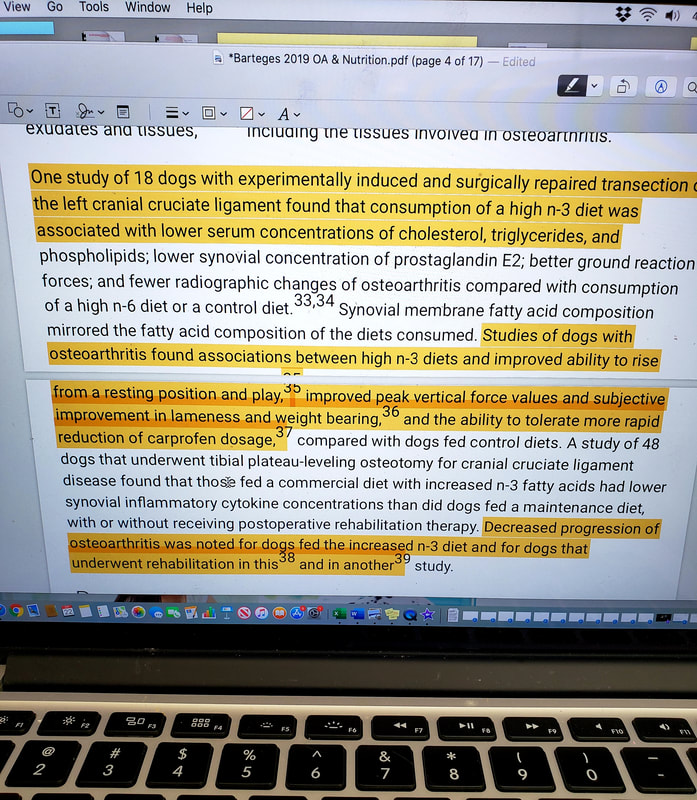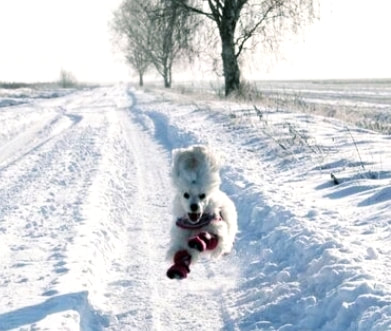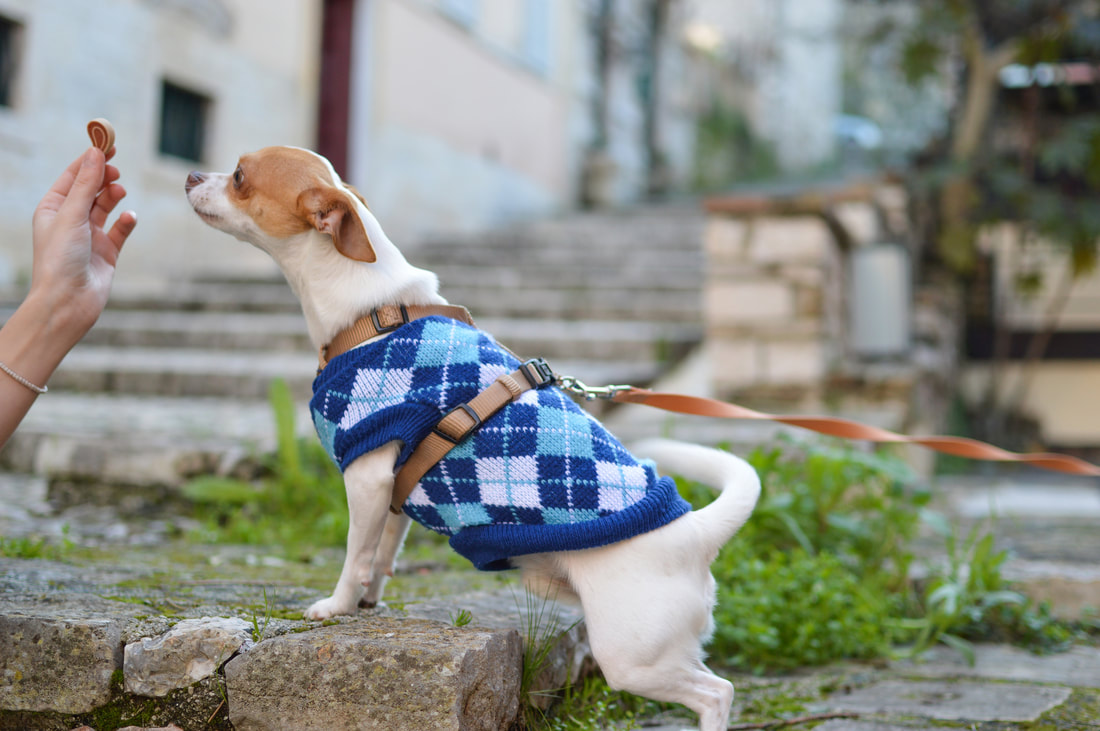|
On 4 legs or less, ANIMALS ARE INCREDIBLE!
Meet our friend James. The first thing you notice is how cute he is! However some people, especially those in the "biz" might notice: a) he's a cat b) he's a tripod! BOTH things seem...well, frightening from a rehab or pet parent perspective. THEYRE NOT! There are more cats than dogs in U.S. households & they are "rehab-able"! As any pet parent of a tripod will tell you (of ANY species), they are FULLY FUNCTIONAL. Surgeries such as amputations (& FHOs) seem so barbaric because of what happens and how they are sometimes referred to as "salvage procedures". But just as you wouldn't have a family member undertake such procedures without appropriate physical therapy, neither should your furry family member. There are plenty of Tried 'n True, Tips 'n Tricks to make the process go more smoothly- for everyone. I promise! And have helped countless others. If you're hesitant on opting for your pet to have these "saving" procedures [or to open your heart and home to a special needs pet] for fear that they will be limited and unhappy? THEY'RE NOT! As James' mama, Lisa, will tell you, "Tripods can do anything a 4-legged cat can do." Any questions?
1 Comment
Without a doubt, fish oil has proven to be one of the most important source of omega 3's for our diets (ours and our pets). While flaxseed also has omega 3's, its profile and digestibility are not the same. Here's a snapshot of an excerpt by Barteges et al 2019 that I read this weekend: This report cites 7 research studies in this snapshot alone!
Still not convinced? Let's discuss! Being the avid devourer of research and anything evidence-based for treatment, I have amassed hundreds of studies on various health topics and file folders devoted to alternative-type information (like fish oil). Well, ^ that's close, but not quite. As we move into the cooler months, our attention turns toward sweaters, boots & "PSL". Dogs can benefit from wearing "boots" too! Even if you don't live in a place cold enough like this next pic (But YES, most definitely if you do)
Wearing dog booties is of great benefit for dogs that walk on asphalt and concrete in places like California, Hawaii, Arizona... places that are STILL hot now going into fall and winter. The booties help prevent injuries to sensitive paw pads. They also help prevent your dog tracking in pesticides and other chemicals that are out there in public places, and can be absorbed into your pet's system. (This is becoming a real concern and threat to animal health!) For rehab purposes, we use booties to help increase the active mobility in the legs. (Or what you see as this cute, "high stepping" action!) Booties are available on most major websites. If YOU have used them before, what are YOUR favorite types or brands? And by the way, be prepared when you Google "Booties"... That WONDERFUL "e" word, right?
Dogs put the majority of their body's weight on their "hands" or front legs. They tend to be more "front loaded" or "front wheel drive" as we've discussed before and in our exercise e-book. The majority of their activities ALSO encourage this "front" posturing (similar to what we do at our desks, computer, watching TV, driving) so they end up with stronger muscles than in their back legs. Problem is, most of the debilitating and costly injuries (in terms of pain and finances) tend to be in the back -think hips and knees. A carefully curated program of exercises will help tremendously much like the elevated standing exercise he's doing in the above pic. MORE TIPS: Always use a chest harness Use pieces of their regular food instead of treats or cookies Little things go a long way! |
Proudly powered by Weebly







 RSS Feed
RSS Feed